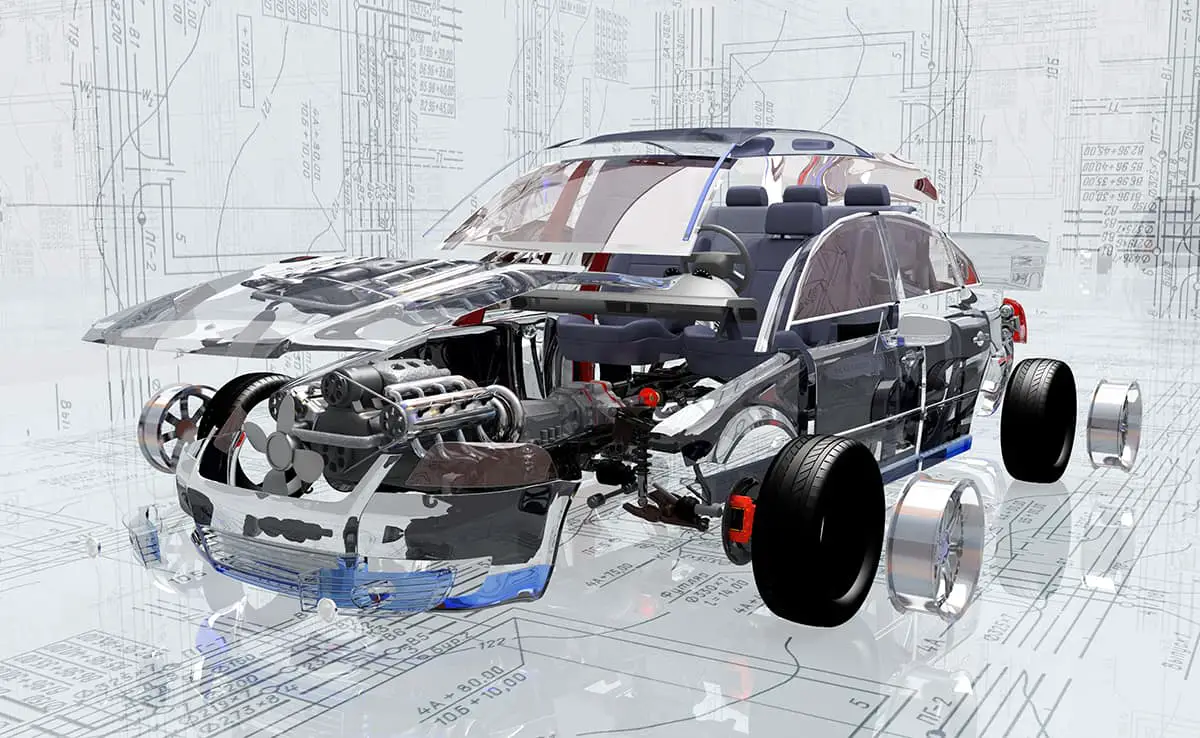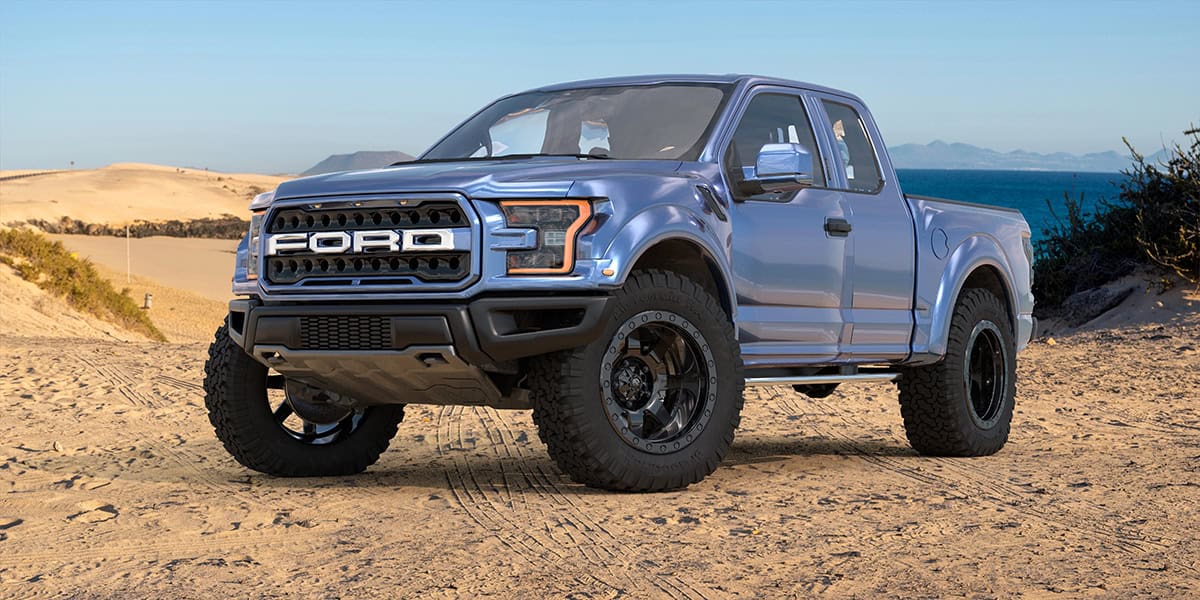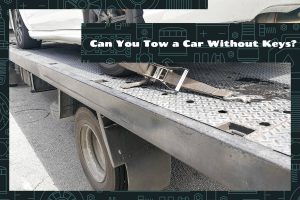Ford F150, an iconic name in the world of trucks, has been a staple in the automotive industry. Over the years, as models evolved and technologies advanced, various components of the F150 underwent changes. However, certain parts across different models remained consistent and interchangeable.
The interchangeability of Ford F150 parts primarily depends on the generation of the vehicle. Typically, parts within the same generation have higher compatibility, but there are exceptions where parts from one generation fit models of another.
This guide will cover the intricacies of which parts from various years can be swapped. Buckle up because there’s quite a bit to go through!
Basics of Interchangeability

Interchangeability refers to the ability to swap one component with another, typically from different models or years, without compromising performance, safety, or fit. The idea isn’t unique to cars; it has roots in manufacturing where standardized parts replaced unique components.
Manufacturers like Ford design vehicles with economies of scale in mind. By using similar parts across multiple models or years, they can reduce production costs and simplify the design process.
For the F150, this approach allows the truck to maintain its signature design elements while evolving its technological and performance features. As a result, an owner of an older model might find that certain parts from newer models fit perfectly.
Decoding the Ford F150 Generations
The Ford F150’s storied history spans multiple generations, each with its distinct design, features, and parts.
1st to 7th Generations (1948-1986)
These initial generations laid the foundation for the F150 we know today. Introduced as the Ford Bonus-Built, these trucks were rugged and simplistic. As the years progressed, Ford made incremental changes, introducing features like twin I-beam front suspension and expanded engine options. Parts from these years are less interchangeable with newer models due to significant design shifts in subsequent generations.
8th to 10th Generations (1987-2003)
This era marked a significant design overhaul, with Ford introducing a more aerodynamic look. The F150 also saw enhanced interior features, including improved safety systems and the addition of more luxurious trims. These generations started the trend towards more interchangeable parts, especially in the realm of interior components and certain engine parts.
11th to 13th Generations (2004-2016)
Modern technologies took the center stage during these years. Ford began integrating advanced infotainment systems, efficient engine options, and adaptive safety features. The truck’s build became more modular, leading to increased parts interchangeability, particularly in the interior and under the hood.
14th Generation (2021 and Beyond)
The latest generation focuses on hybrid technology, bringing in the PowerBoost hybrid powertrain option. With a more futuristic design and a push towards sustainability, the F150 continues to evolve. However, as technology becomes more advanced, the specificity of parts might reduce the scope of interchangeability with older models.
Most Commonly Interchanged Parts
Unraveling the world of the Ford F150 parts can be confusing, given its long lineage and evolving designs. However, some parts have gained popularity among owners and mechanics for their interchangeability across different years and generations.
Exterior Components
- Bumpers: A surprising number of F150 models from the late 1990s through the mid-2000s have bumpers that can be exchanged. While the fit might seem perfect, always double-check the brackets and mounting points for any discrepancies.
- Headlights and Taillights: Models from the 11th and 12th generations (2004-2014) often have headlight and taillight assemblies that can be interchanged. It’s a popular way to refresh an older truck’s appearance. However, always verify the wiring harnesses match.
- Mirrors: Side mirrors, especially from the 10th to the 13th generation, often have similar mounting points. It’s common for owners to upgrade to mirrors with advanced features like integrated turn signals.
Interior Components
- Seats and Upholstery: Seats from trucks within the same generation can often be swapped. For example, an F150 from the early 2000s might accept seats from a model as late as 2003. But remember, advanced features like heating or lumbar support might require additional wiring.
- Dashboard and Console Elements: While the overall dashboard structure might differ, individual elements like vents, instrument clusters, or storage trays can sometimes be swapped between certain years, especially within the 8th to 10th generations.
Engine and Mechanical Components
Transmission: Transmission components, especially from the 9th to 10th generations, have been noted for their interchangeability. However, complete transmission swaps can be tricky and may require adjustments.
Engine Parts:
- Air Filters: Many F150 models across multiple generations use similar-sized air filters, making them an easily interchangeable component.
- Alternators: Models close in production years, especially in the 2000s, often have alternators that can be swapped.
- Spark Plugs and Ignition Coils: Given the consistency in some of Ford’s engine designs, these components are often interchangeable across several years.
Suspension and Wheels
- Shocks and Struts: These elements see frequent interchangeability within the same generation. An F150 from the early 11th generation might accept shocks from a late 11th-generation model.
- Rims and Tires: Wheel sizes have remained relatively consistent, especially for stock wheels. An owner of a 2008 F150 might find that 2010 stock rims fit perfectly. However, always verify the lug nut pattern and wheel offset.
Brakes and Related Components
- Brake Pads and Rotors: Within the same generation, brake components are often interchangeable. It’s common for F150s from the mid to late 2000s to accept brake parts from multiple years within that timeframe.
- Calipers and Brake Lines: Less commonly swapped, but within short year ranges, especially in the 12th and 13th generations, these can be interchanged with proper verification.
Key Points to Remember
- Same Generation, Better Compatibility: Parts within the same F150 generation tend to have the highest interchangeability rate.
- Tech and Wiring: Upgrading to parts with advanced tech from later years might need additional wiring or adjustments.
Steps to Verify Interchangeability

Interchanging parts between different years of the Ford F150 can be an economical and efficient solution for repairs or upgrades, but the process requires precision.
1. Reference the Vehicle Identification Number (VIN)
The VIN, a 17-character identifier unique to each vehicle, is your gateway to detailed specifications of your F150. Located on the dashboard near the windshield or the driver-side door post, this number provides:
- Year of Manufacture: Helps narrow down the generation.
- Engine Type and Size: Assists in matching engine components.
- Assembly Location: Sometimes, parts can vary based on where the truck was assembled.
2. Consult the Owner’s Manual
The manual that comes with every F150 is a treasure trove of information. While it primarily provides details specific to your vehicle, it can hint at the compatibility of certain components. Some manuals might:
- List Part Numbers: Match these with potential replacements.
- Give Specifications: Dimensions, capacities, or materials can guide your search.
3. Utilize Online Databases
Several online platforms offer databases to cross-reference part compatibility. Platforms like Hollander Parts or Car-Part.com can be invaluable resources. To use them:
- Input Your Truck’s Details: Year, model, engine type, etc.
- Search for the Desired Part: These databases often show a list of compatible years or even specific vehicles in salvage yards.
4. Seek Expert Opinions
Automotive forums and communities, such as the F150 Forum or Ford Truck Enthusiasts, host discussions on part interchangeability. Here, you can:
5. Visit Local Auto Parts Stores
While online resources are valuable, visiting a local auto parts store can offer hands-on verification. Here, you can:
- Physically Compare Parts: Sometimes, seeing two parts side-by-side can confirm compatibility.
- Consult Store Experts: They often have systems or catalogs to check part matches.
6. Cross-Reference Aftermarket Parts
If you’re considering aftermarket parts, it’s beneficial to check their compatibility lists. Brands like Moog or Bosch will:
- Provide Detailed Lists: These outline which parts fit specific F150 years or models.
- Offer Customer Support: Some brands will assist in verifying part compatibility if contacted.






